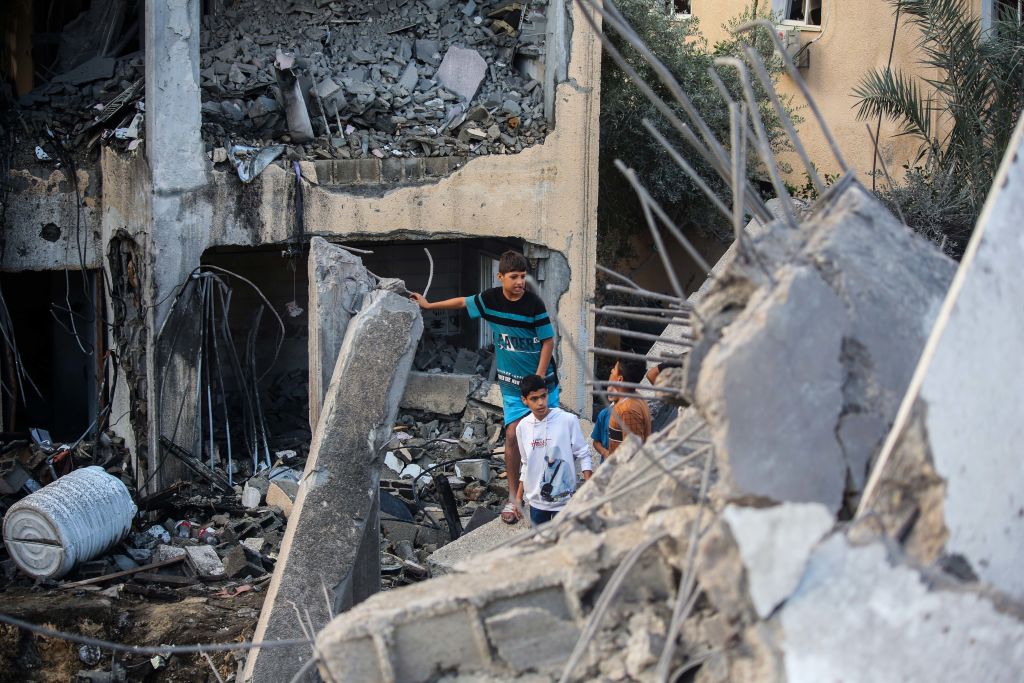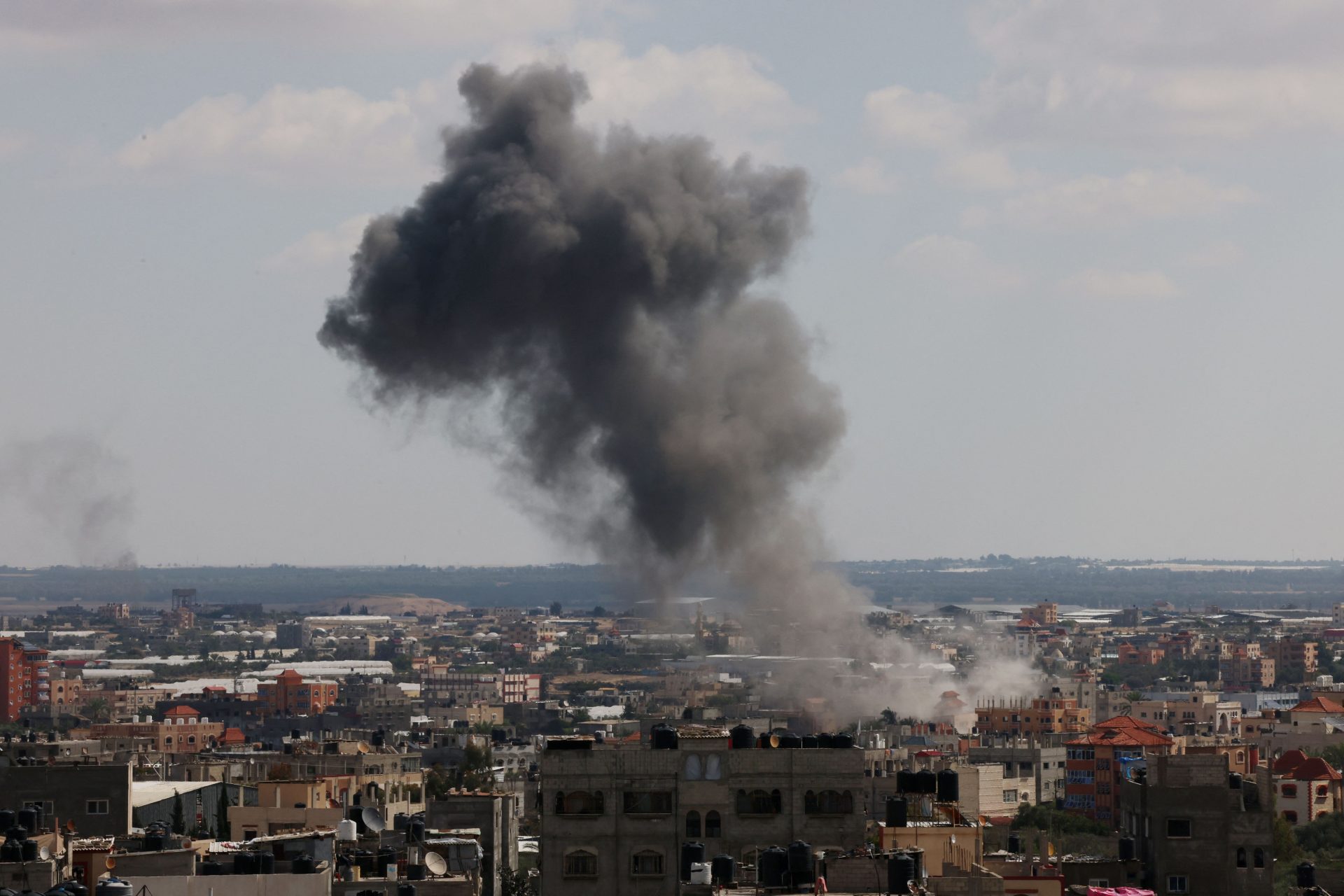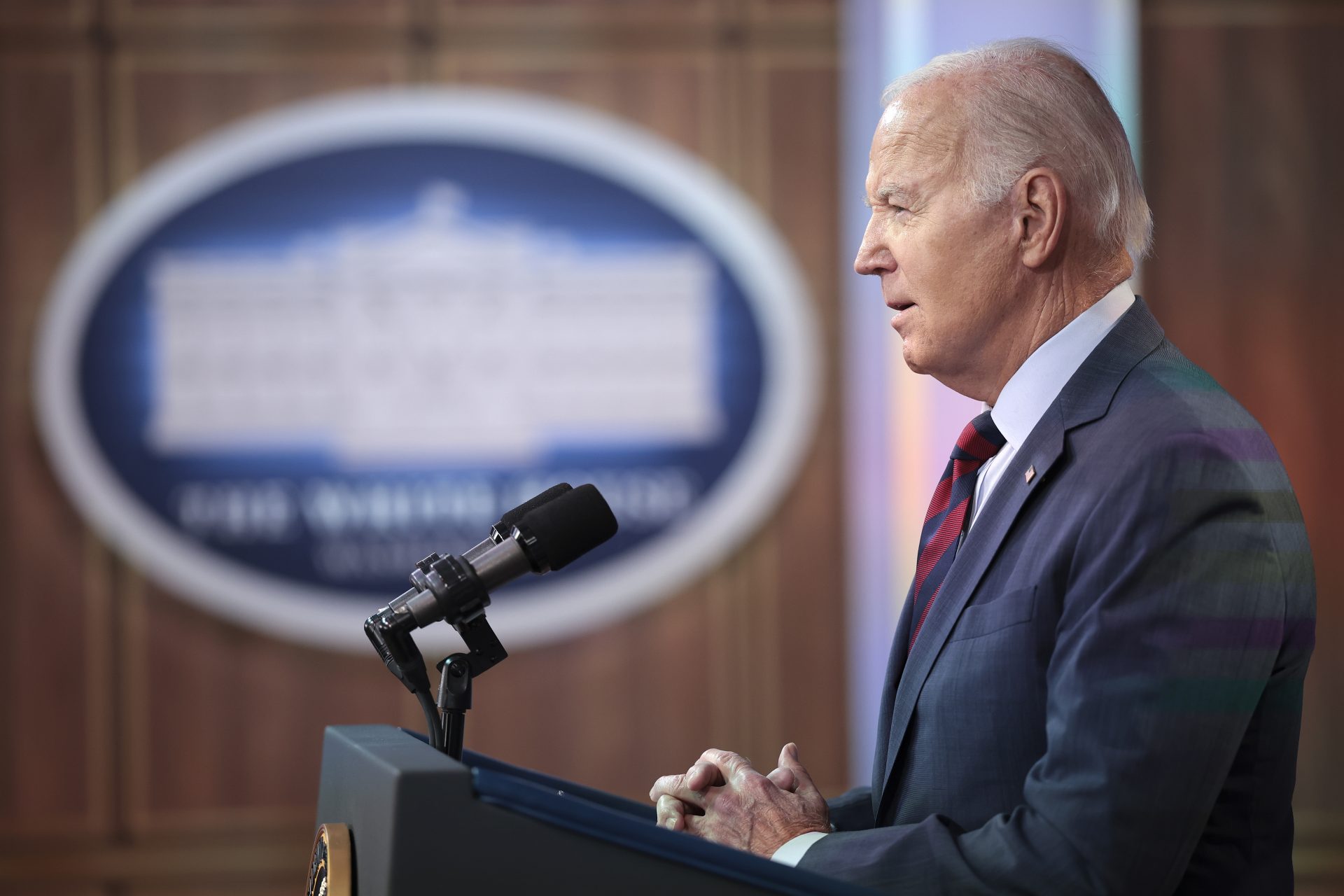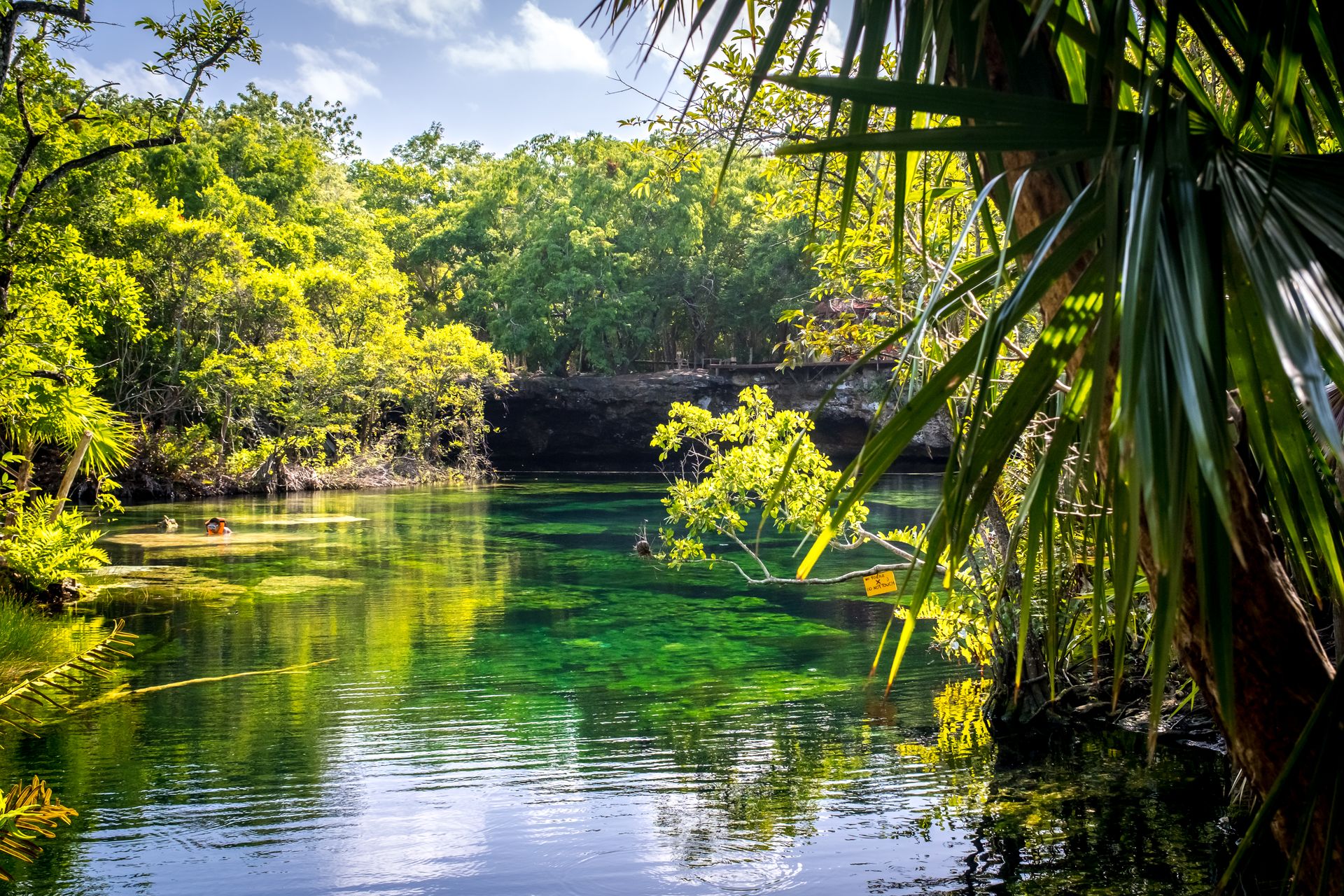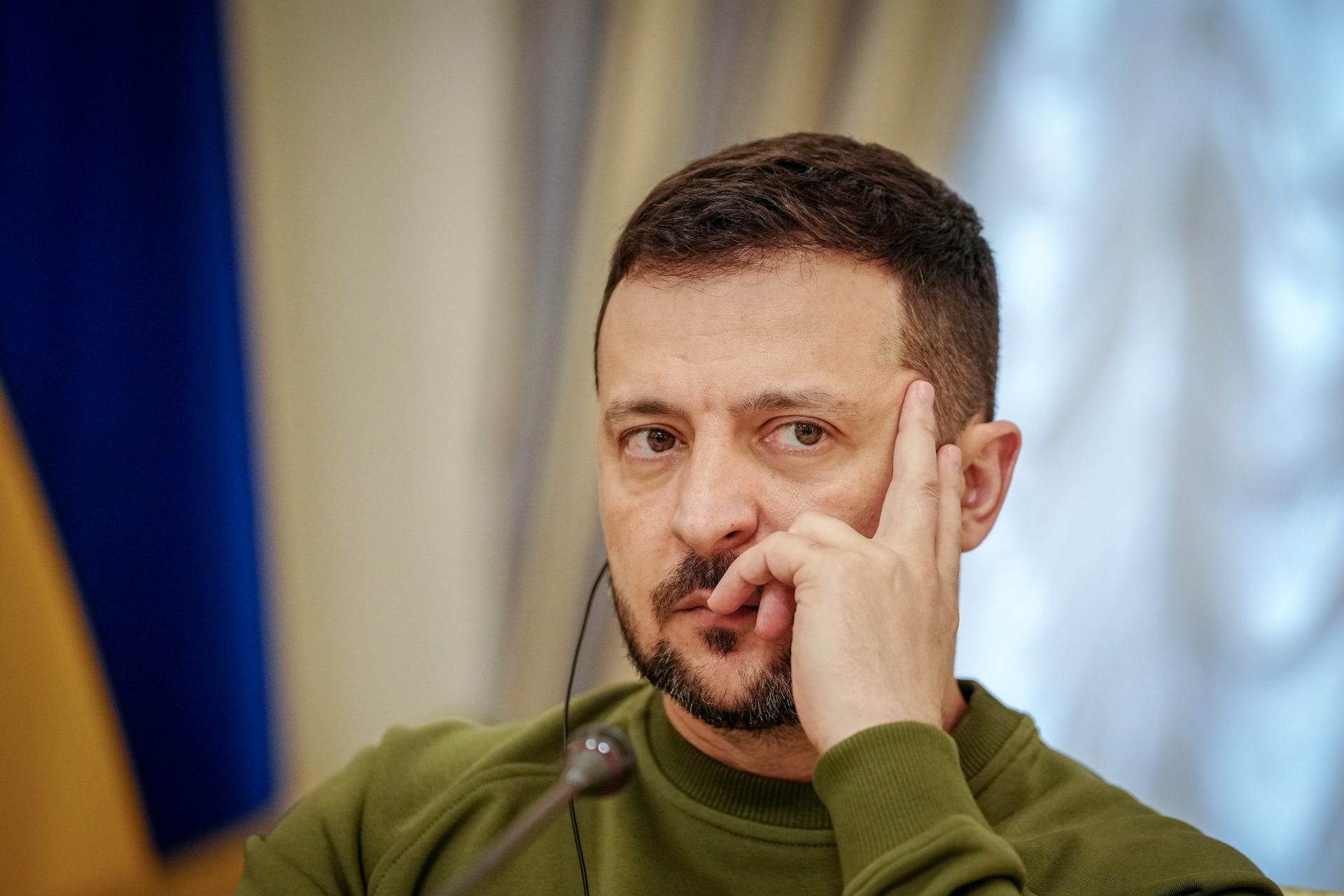The ‘Doomsday Clock’ remains closer to Armageddon than ever before
The Bulletin of the Atomic Scientists announced on January 23, 2024, that their metaphorical ‘Doomsday Clock’ will remain at 90 seconds to midnight, the closest the world has ever been to the hypothetical hour of Armageddon.
The group of scientists has been measuring real and existential threats to humankind through this symbol for more than 70 years.
“The point of the clock is to assess where humanity is, and whether we are safer or at greater risk,” according to Dr. Rachel Bronson, president and chief executive of the bulletin.
According to Dr. Bronson, as they move the clock closer to midnight, they’re sending a message “that the situation is becoming more urgent.”
"Conflict hot spots around the world carry the threat of nuclear escalation, climate change is already causing death and destruction, and disruptive technologies like AI and biological research advance faster than their safeguards," Bronson told Reuters.
Keeping the clock unchanged from the prior year is "not an indication that the world is stable,” Bronson added, naming Israel’s Gaza war and the ongoing Russia-Ukraine war.
"As a nuclear state, I s r a e l's actions are clearly relevant to the Doomsday Clock discussion. Of particular worry is that the conflict might escalate more broadly in the region creating a larger conventional war and drawing in more nuclear powers or near-nuclear powers," Bronson said.
In a text released in 2002 by those responsible for the Doomsday clock, it is said: "When the Clock marks 100 seconds to midnight, we are all threatened. The moment is dangerous and unsustainable, and the time to act is now."
Image: Ryanicus Girraficus/ Commons Wikimedia
The Doomsday Clock was born in 1947 to measure the danger of a nuclear catastrophe. However, this calculation now includes threats such as climate change or pandemics.
They were scientists who participated in the so-called Manhattan Project (research to achieve the atomic bomb that began during World War II) who started the Doomsday Clock by verifying the annihilation capacity of the nuclear explosions of Hiroshima and Nagasaki.
When the clock was set on time, back in 1947, there were seven minutes remaining until midnight, which symbolizes the end of the world.
The fall of the Berlin Wall induced optimism among atomic scientists who set the clock, and in 1991 it was 17 minutes after midnight, a record that has not been repeated.
However, that same year (1991), war broke out in Iraq and the former Yugoslavia, and the dream of a world at peace was fading.
Anglo-Saxon pop culture abounds in references to the Doomsday Clock that marks the end of the world at twelve o'clock at night. 'Two minutes to midnight', an Iron Maiden song, is an example of it.
The Doomsday Clock is also represented at the beginning of the video clip for the song 'Russians' by Sting, popularized in 1985, when the Cold War was still making the planet tremble.
Among the supporters of this Doomsday Clock there are many who tend towards bitter pessimism. "What we learn from the Doomsday Clock is that our ability to deal with such crises is probably worse than ever," researcher SJ Beard wrote for the BBC in 2022.
Perhaps that is why there are those who believe that tools such as the Doomsday Clock, instead of raising awareness, demobilize: if the catastrophe is inevitable, it is better not to think about it.
Image: Elisa Ventur/Unsplash
In the Wikipedia entry referring to the Doomsday Clock there is an interesting quote critical of this device: "Alex Barasch in Slate argues that 'putting humanity on permanent and general high alert is not useful when it comes to politics or science'".
Image: Sincerely Media / Unsplash
The Doomsday Clock may foster a certain culture of fear that had its heyday in the Cold War and returned after the outbreak of disease, climate change and large-scale armed conflict that the 21st century has been grappling with.
In any case, the objective is peace, nuclear disarmament and the fight against the climate crisis.
Image: Alexandru Vicol/Unsplash
Betting on the future is a necessity and we can’t change it if we’re not aware of the problems that threaten it.
Image: Javier Allegue Barros / Unsplash
More for you
Top Stories



